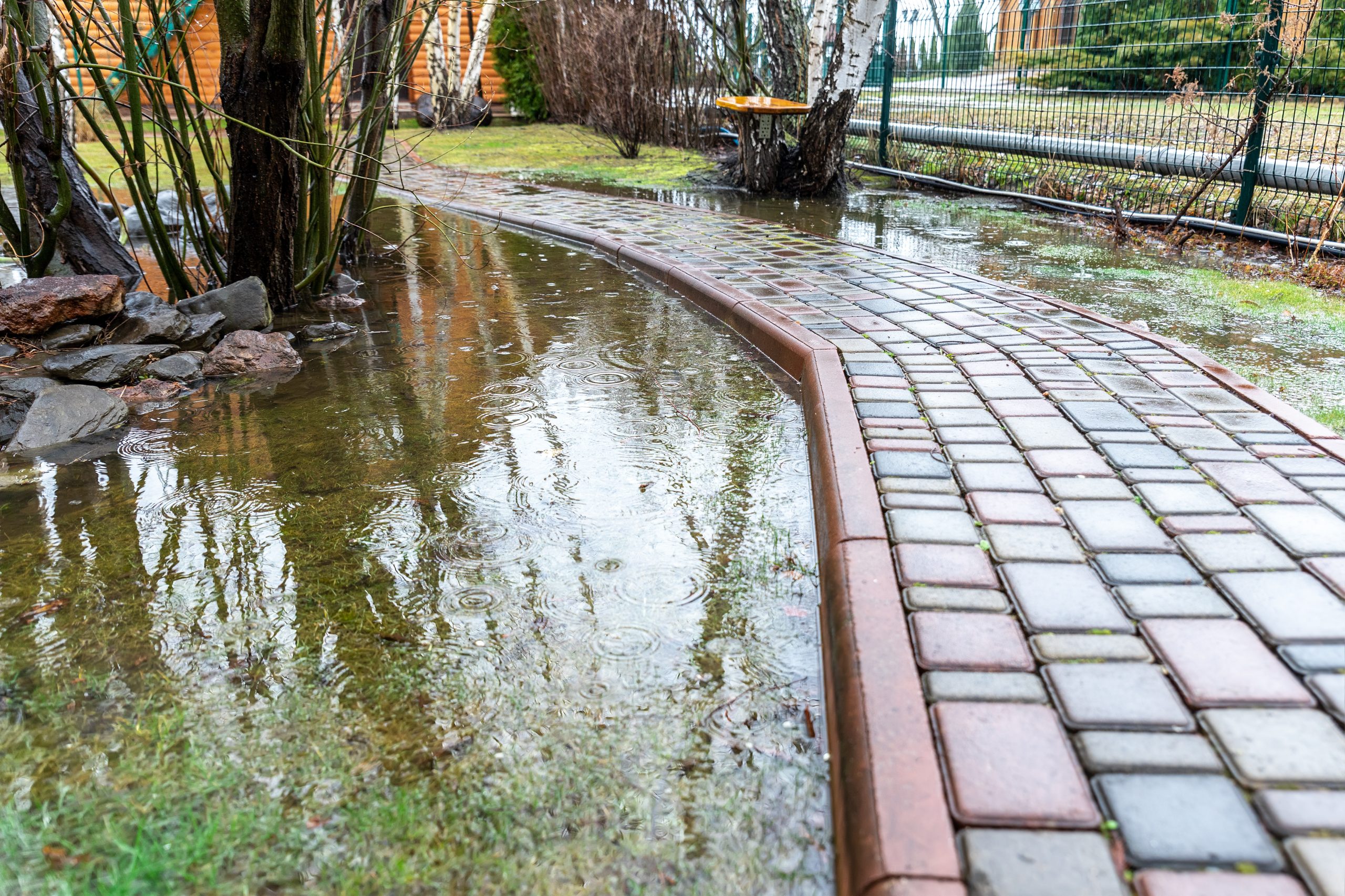Gardening is evolving into a popular hobby due to the many health benefits it may offer. While some gardening enthusiasts can work with any soil condition, most gardeners prefer to have well-drained soil.
While this unique pastime can be enjoyable and rewarding, there’s also a challenging side. The most common problem gardeners face is a soggy garden. One reason why your yard might be waterlogged is due to improper drainage.
Having issues with your garden drainage can lead to pest infestations and reduced plant yields. However, there are several things you can do to remedy the situation. This article will take a closer look at the various ways to prevent and fix a soggy garden.

1. Add A Sub Base
If your yard suffers from a low-lying wet spot, you can quickly remedy the issue by adding a sub-base to the area. This layer will help improve drainage and prevent any standing water from accumulating.
You’ll need to purchase a few aggregate bags, such as gravel or crushed stone. Be sure to use a type that is compatible with your soil. Then, use a shovel or rake to spread the aggregate over the wet spot. It would be best to tamp it down to be firm and level.
2. Erect A Retaining Wall
If your garden has a steep slope, it’ll likely be difficult to remedy the drainage issue without some structure in place. In this case, you might want to consider erecting a retaining wall.
This garden block wall helps control erosion, and it can also help improve drainage. When choosing a material for your wall, be sure to select a water-resistant one. There are many types of retaining walls to pick out. Some examples are wooden, stone, and concrete retaining walls. Select one that best suits your needs.
3. Use Organic Matter
Another simple way to help with drainage is adding organic matter to your gardens, such as compost or pine straw. This inexpensive material works wonders, especially if you’re planting vegetables or annuals. Due to its porous nature, it allows water and air to run through the soil with ease.
In addition, adding organic matter to your garden will help improve the overall soil quality. This element is essential, as healthy soil is key to a thriving garden.
4. Install A French Drain
Consider installing a French drain if you’re dealing with water that accumulates around your garden’s perimeter. This system designs to effectively remove excess water by moving it away from your garden’s root zone and directing it towards an outlet.
However, it can be a pretty expensive solution, but it’s worth it if you’re dealing with waterlogged soil regularly. It’s also an efficient way to ensure your plants aren’t affected by water runoff or flooding.
A French drain is more than just a simple trench filled with gravel. It usually consists of a perforated pipe that allows water to flow through it quickly and easily. You’ll also need to place a layer of gravel over the entire trench and then install a drainage system that allows water to exit your yard.
5. Plant Your Garden In A Low Spot
If your garden’s soil is wet due to a low-lying area or depression, you might want to consider planting your plants in that spot. This method will help ensure they don’t expose to standing water, and they’ll also benefit from the additional moisture.
However, keep in mind that some plants prefer dry soil. Select plants that are tolerant of these types of earth conditions. Such plant varieties as swamp sunflower and ornamental grasses are good options to consider. They can thrive in a damp environment and still flourish without any problems.
6. Go No-Till
Another method to improve drainage is by going no-till. This approach will help break up the compaction of your soil, and it’ll also allow air and water to flow through more efficiently.
Moreover, it’s a great way to eliminate any weed problems you might be experiencing. It works like magic, and it’s a simple yet effective solution to all your gardening issues.
As far as choosing the timing goes for no-till, you must do it in spring or fall before planting in your garden. This way, the roots of your new plants will make strong connections with the soil, and they’ll be well-equipped to handle any drainage problems.
Takeaway
Fixing a soggy garden can be a daunting task, but with a little bit of effort, you can get your yard back to its former glory. By following the guidelines mentioned in this article, you’ll be on your way to solving this common gardening problem.